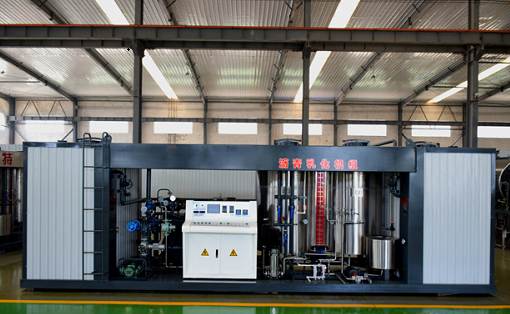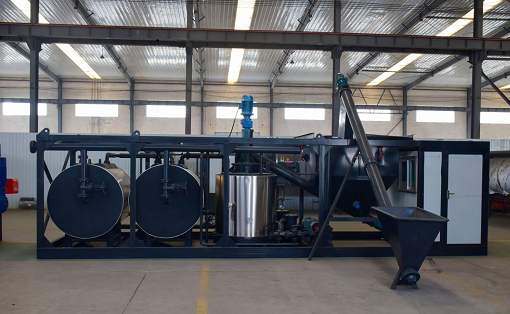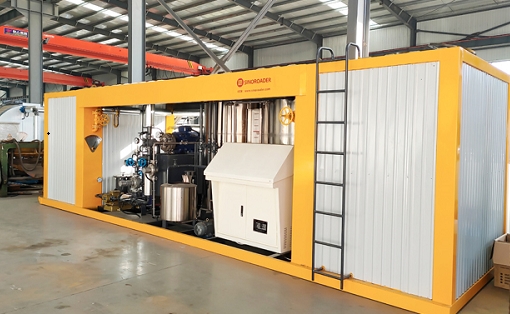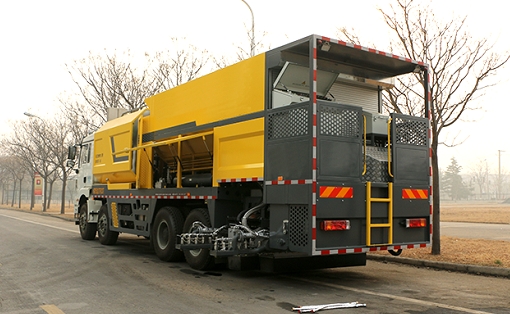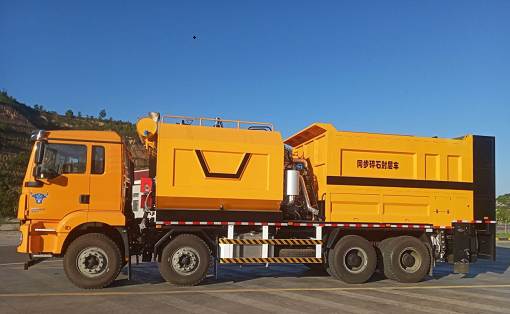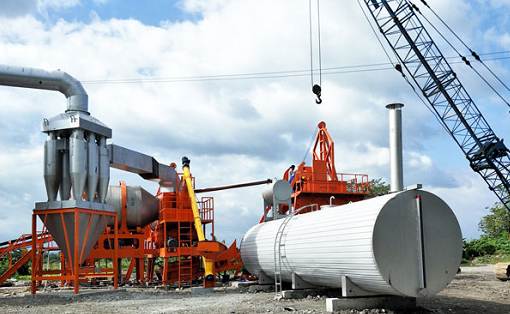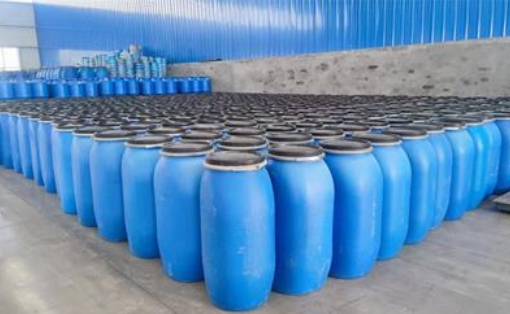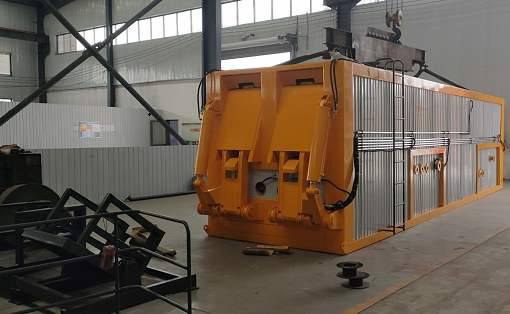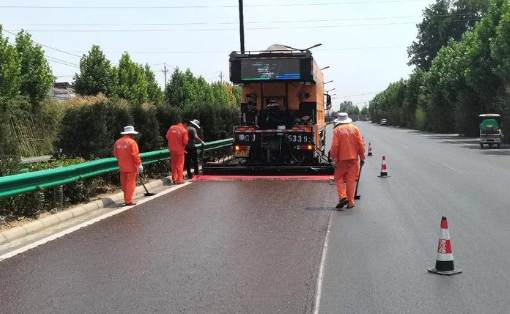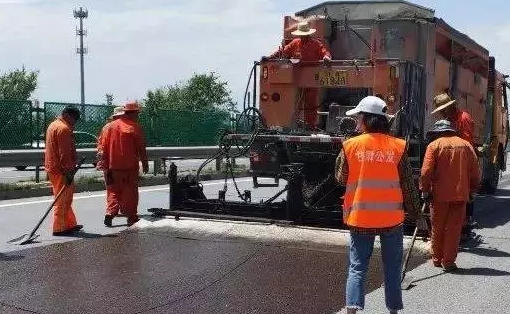Some unknown aspects of slurry seal technology you may not know
Everyone has a side of themselves that they don’t want others to know. As a preventive road maintenance technology, slurry sealing has some shortcomings. do you think so?
Slurry seal is a kind of road protection that uses special equipment to mix emulsified asphalt, water, additives, aggregates, fillers and other ingredients in a certain proportion, and then mixes the slurry mixture onto the original road surface to form a thin layer. Maintenance technology. These are all well known. The editor will not go into details on this.
Everyone has a side of themselves that they don’t want others to know. As a preventive road maintenance technology, slurry sealing has some shortcomings. do you think so?
Slurry seal is a kind of road protection that uses special equipment to mix emulsified asphalt, water, additives, aggregates, fillers and other ingredients in a certain proportion, and then mixes the slurry mixture onto the original road surface to form a thin layer. Maintenance technology. These are all well known. The editor will not go into details on this.
What are some unknown aspects of slurry sealing? The editor has made the following arrangements:
1. The mineral materials used in the slurry sealing layer on the mineral materials are made from crushed stones and pebbles with large particle sizes, or they are blended with different specifications of coarse aggregates, fine aggregates, ore powders, etc. .
2. In terms of cleanliness, the slurry seal also has its own requirements in terms of cleanliness: ensuring cleanliness. The technical requirements for emulsified asphalt BC-1 and BA-1 used for clay-free slurry seals must be consistent with the current “Technical Specifications for Maintenance of Highway Asphalt Pavements” (JTG5142). At the same time, considering that slurry seals using modified emulsified asphalt are often encountered in actual engineering projects, the above regulations also make provisions.
3. Aggregate Aggregate is one of the materials required for slurry sealing and is divided into coarse and fine aggregate. When constructing on Class IV highways, the quality requirements for aggregates can be relaxed appropriately.
4. Additives According to the needs of the project, additives can be added to the slurry seal layer. However, for additives, the slurry seal layer prohibits the addition of additives that have a negative impact on road performance such as adjusting the mixing time, demulsification speed, and opening time of the slurry mixture.
5.……
6. From the above content, it can be seen that the slurry seal has a side that people cannot see, both in terms of materials and its own engineering. For this reason, we can know that even if slurry sealing is just a process, it requires people to work hard and conscientiously in order to be effective. Isn’t it?


